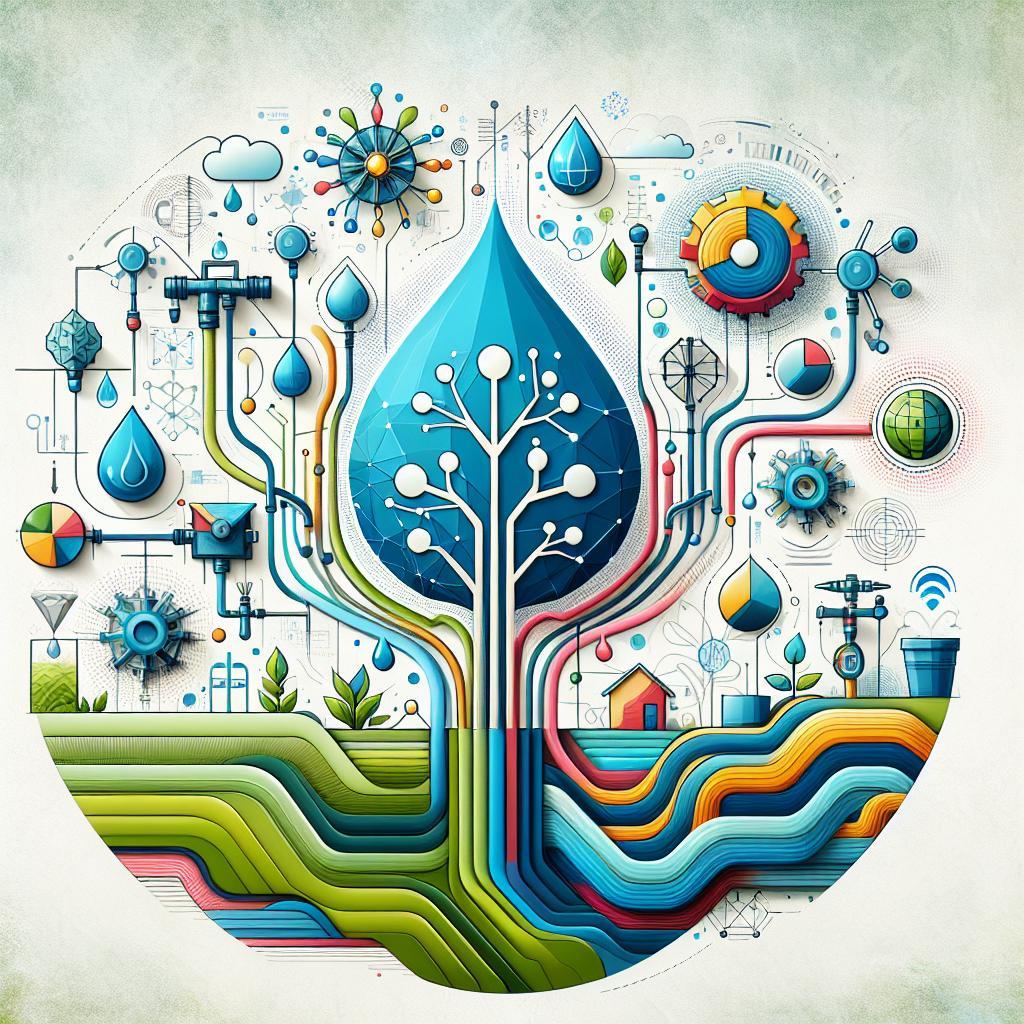This post may contain affiliate links which means I may receive a commission for purchases made through links. Learn more on my Private Policy page.
Introduction: A Gentle Tap on Mother Nature’s Shoulder
Imagine walking through a sun-drenched garden, where every plant is lush, vibrant, and thriving, all thanks to a marvel of modern ingenuity: drip irrigation systems. These unsung heroes of the horticultural world deliver the perfect dose of water, nourishing each plant while conserving precious resources. In an age where environmental awareness and efficient resource management are more important than ever, it’s time to embrace this gentle approach to watering. Whether you’re a seasoned gardener or a novice with a budding interest, join us as we explore the myriad benefits of drip irrigation systems—your new best friend in cultivating a flourishing, eco-friendly oasis.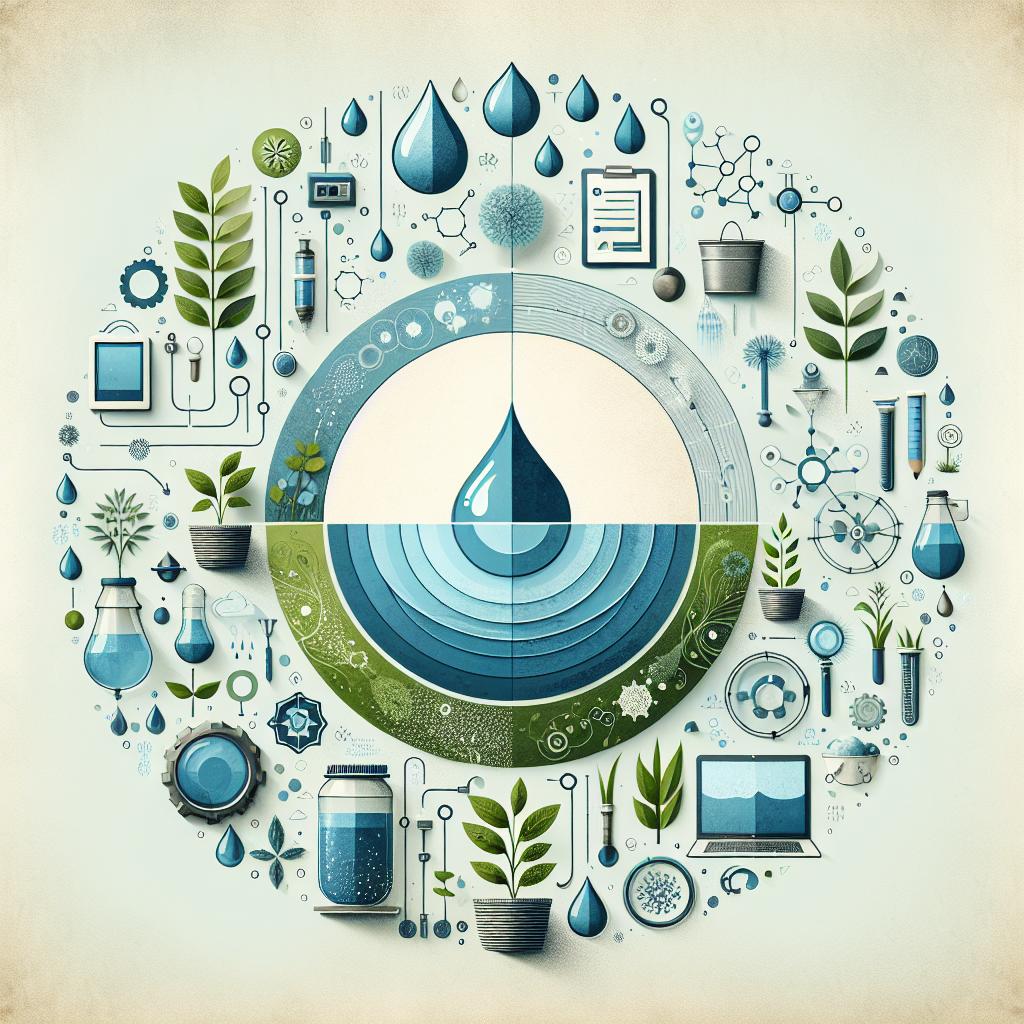
Maximizing water Efficiency for Thriving Gardens
For gardeners seeking to make the most of their water resources, drip irrigation systems offer a transformative approach to nurturing plants. These systems deliver water directly to the root zones of plants, minimizing evaporation and runoff while ensuring that every drop counts. Here’s why they are a game-changer:
- Precision Watering: Plants receive the exact amount of water they need, promoting healthy growth and reducing water waste.
- Soil Health: Targeted irrigation helps maintain the soil structure and prevents erosion.
- Time Savings: Automated systems free up your time for other gardening tasks, allowing for a more enjoyable experience.
Investing in a drip irrigation system not only boosts your garden’s health but also contributes to sustainable practices. When properly set up, these systems can be customized to suit the unique needs of your garden layout and plant types. To illustrate the efficiency of drip irrigation, consider the following comparison of customary versus drip irrigation methods:
| Method | Water usage | Plant Health | Maintenance |
|---|---|---|---|
| Traditional | High | Variable | Frequent |
| Drip Irrigation | Low | Optimal | Minimal |
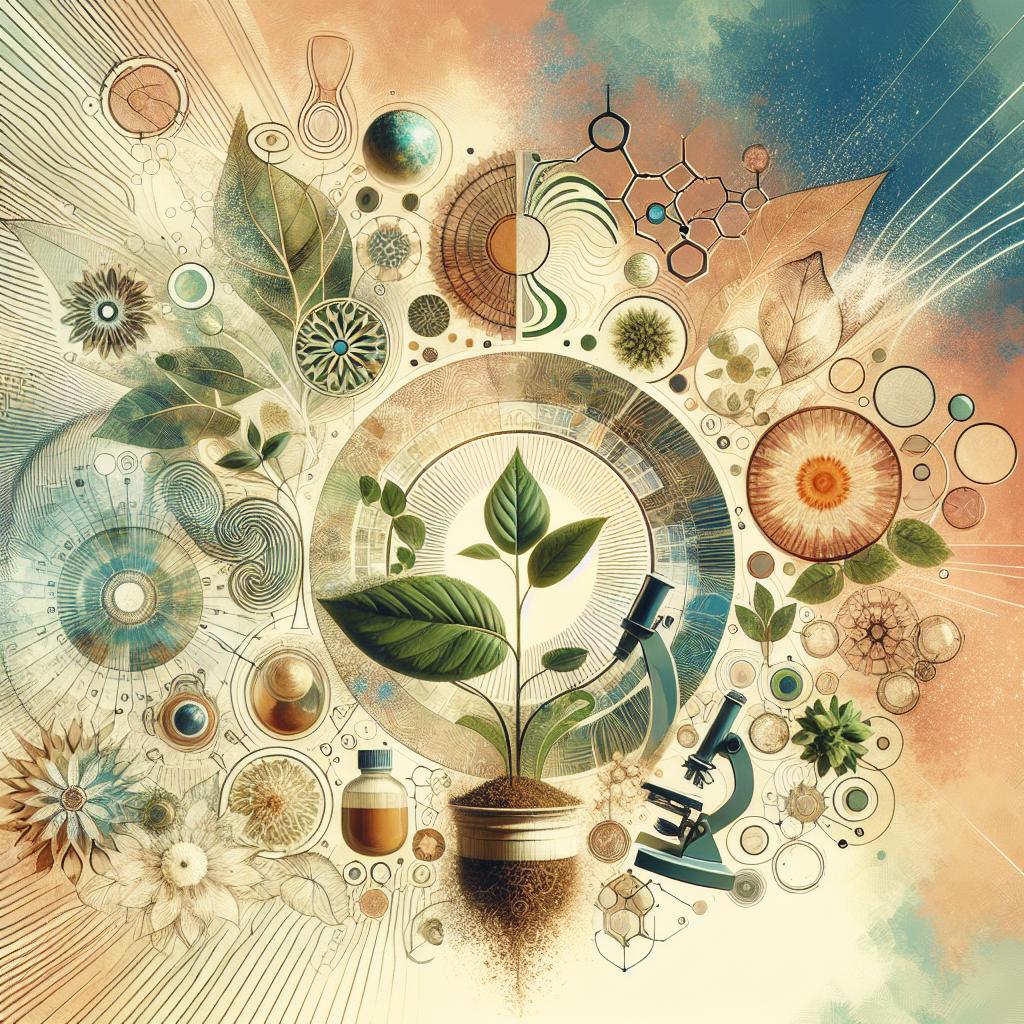
nurturing plant Health with Targeted nutrient Delivery
One of the remarkable advantages of drip irrigation systems is their ability to deliver precise amounts of nutrients directly to the root zone of plants. By using this method, gardeners can effectively control the nutrient levels, ensuring that each plant receives exactly what it needs for optimal growth. This targeted approach prevents nutrient run-off and wastage, promoting not only healthier plants but also a more sustainable gardening practise. Key benefits of this nutrient delivery method include:
- Enhanced Absorption: Nutrients are delivered directly to the roots, where they can be rapidly absorbed, reducing the risk of leaching.
- Tailored Nutrient Schemes: Growers can customize nutrient mixes based on the specific needs of each plant variety.
- Reduced Salt Build-Up: Controlled application helps prevent the accumulation of salts that can harm plant roots.
Moreover, when combined with modern monitoring technologies, drip irrigation can be fine-tuned to match environmental conditions and plant growth stages. This adaptability allows for a more efficient use of water and nutrients. As an example, the table below illustrates a simple nutrient schedule based on plant growth phases:
| Growth Phase | Nutrient Type | Application Rate |
|---|---|---|
| Seedling | High Phosphorus | 30 ppm |
| Vegetative | nitrogen-Rich | 50 ppm |
| Flowering | Balanced Fertilizer | 40 ppm |
| Fruiting | Potassium Boost | 60 ppm |
This kind of meticulous planning and execution elevates the gardening experience, fostering robust, thriving plants, and ensuring that resources are used efficiently. The synergy of targeted nutrient delivery through drip irrigation represents a game-changer in nurturing plant health, ultimately leading to bountiful harvests and vibrant gardens.
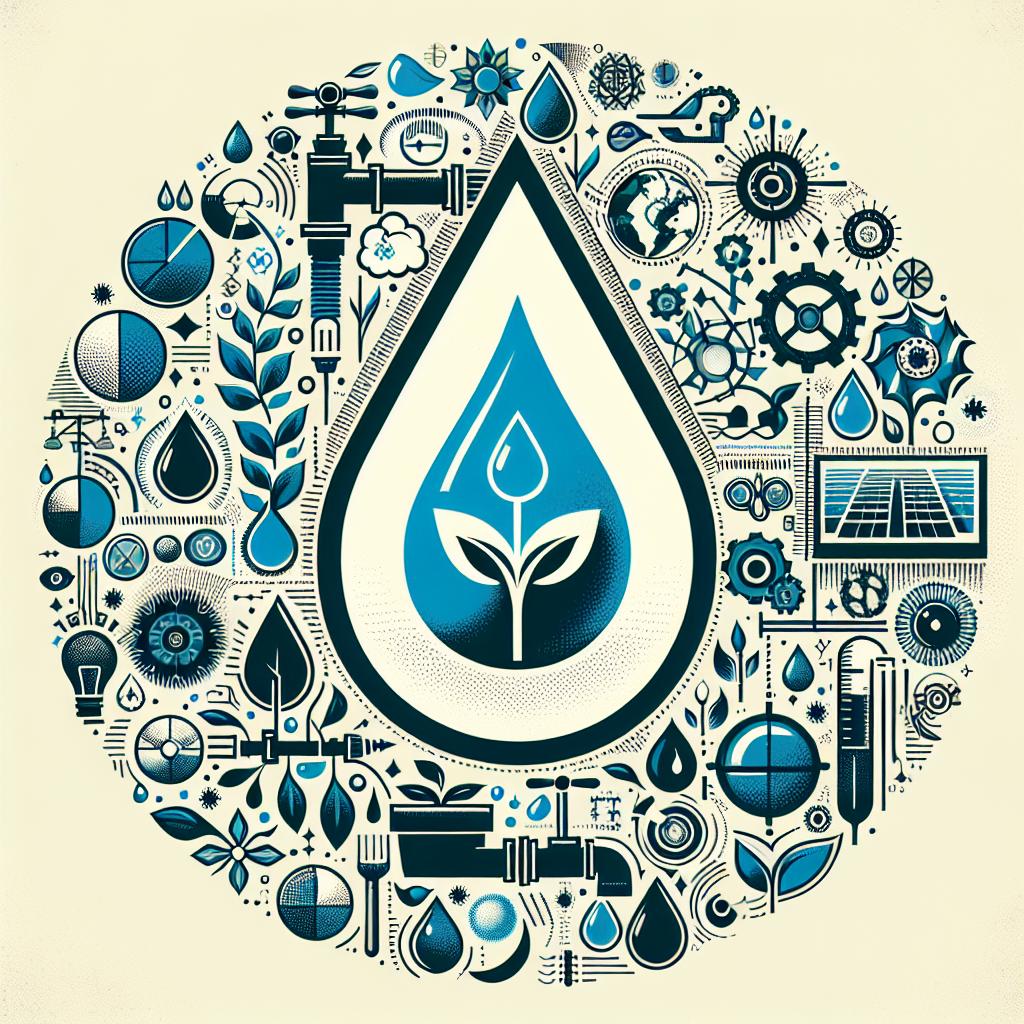
Sustainable Practices: How Drip Irrigation Saves Resources
Drip irrigation systems are revolutionizing the way we think about agriculture and resource management. By delivering water directly to the root zone of plants through a network of tubes and emitters, these systems significantly reduce the amount of water needed compared to traditional irrigation methods. This targeted approach ensures that water is used efficiently, minimizing runoff and evaporation.Additionally, the precision of drip irrigation allows farmers to tailor their watering schedule based on specific crop needs, reducing waste and enhancing plant growth.
Beyond water conservation, drip irrigation contributes to sustainability in several other key ways:
- Energy Efficiency: Less water means less energy is required for pumping and distribution, leading to lower operational costs.
- Soil health: By preventing overwatering, drip systems reduce soil erosion and nutrient leaching, promoting healthier soil ecosystems.
- Crop Yield Enhancement: Consistent moisture levels lead to better overall crop health and can increase yields.
Incorporating drip irrigation not only conserves water but also fosters a more sustainable approach to agriculture that benefits both farmers and the environment.
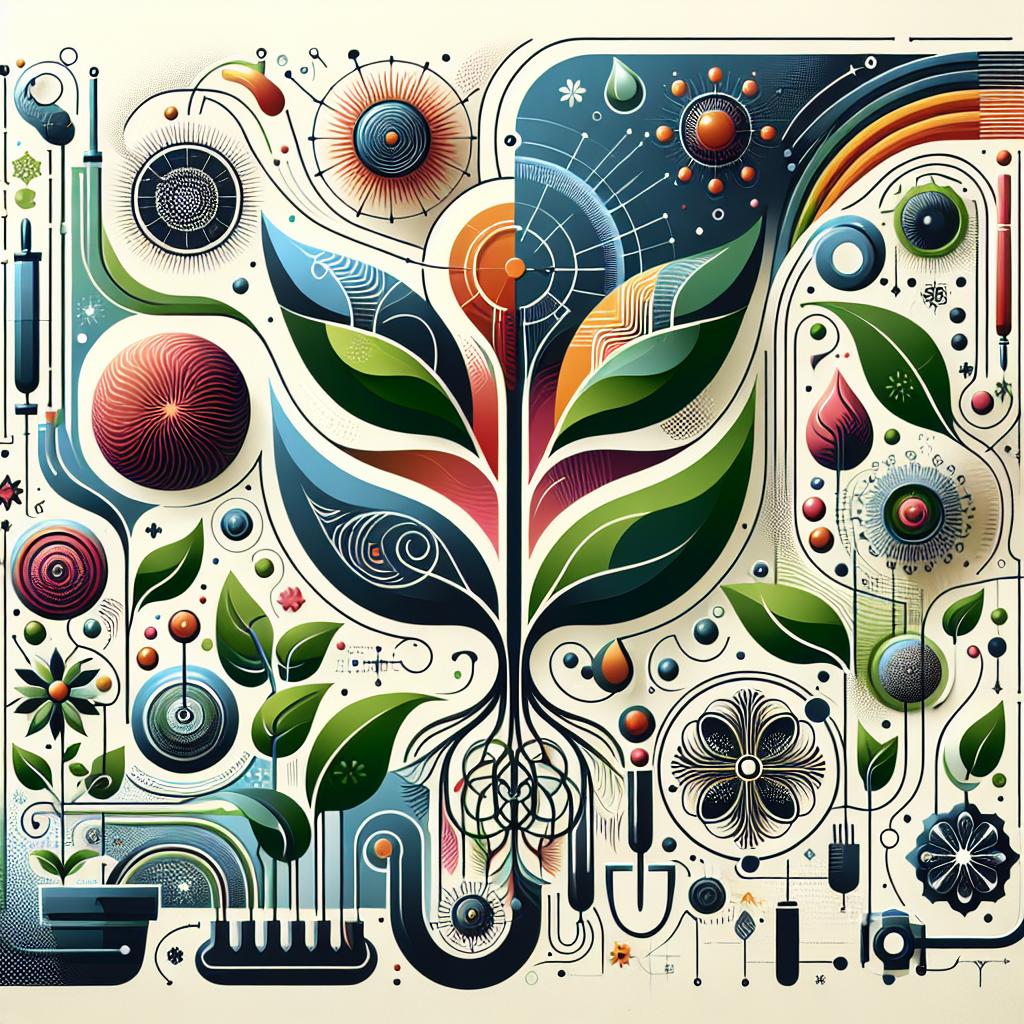
Easy Installation and Maintenance Tips for Every Gardener
When it comes to setting up a drip irrigation system, simplicity is key. Most systems come with a detailed guide, but here are a few easy tips to ensure a smooth installation:
- Plan Your Layout: Determine the areas that require watering and map out where to place the hoses and emitters.
- Gather Your Tools: Before starting, make sure you have all necessary tools on hand — usually just a hose cutter and stakes.
- Check for Leaks: After installation, turn the system on and check for leaks at all connections. A little preventative maintenance goes a long way!
Maintaining your drip irrigation system is just as straightforward.Regular checks can definitely help you avoid complications down the line:
- Flush the System: Every few months, flush your system to prevent clogging from debris and mineral buildup.
- Inspect Emitters: Periodically check that emitters are functioning and that water distribution remains even.
- Add Mulch: Applying mulch around your plants not only conserves water but also reduces the likelihood of system clogs.
| Tip | Description |
|---|---|
| Plan Layout | Visualize areas for efficiency. |
| Check for Leaks | Ensure connections are tight. |
| Inspect Emitters | Make sure water flows properly. |
| Flush System | Prevents clogs and buildup. |
To Conclude
embracing drip irrigation systems might just be the best decision you make for your garden—or even your farm! Not only do they save valuable water and keep your plants thriving,but they also allow you to cultivate a healthier,more vibrant garden with less effort and more efficiency. Imagine strolling through a lush oasis where every droplet counts, nurturing your plants exactly where they need it most. So,whether you’re a seasoned gardener or taking your first steps into the world of horticulture,consider investing in a drip irrigation system. Your plants will thank you, your wallet will appreciate the savings, and Mother nature will give you a nod of approval as you contribute to a more sustainable future. Happy watering! 🌿💧
This post may contain affiliate links which means I may receive a commission for purchases made through links. Learn more on my Private Policy page.

